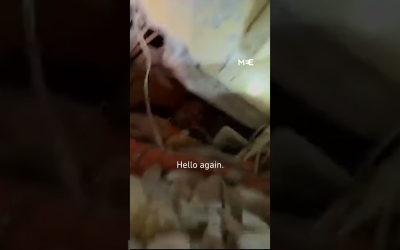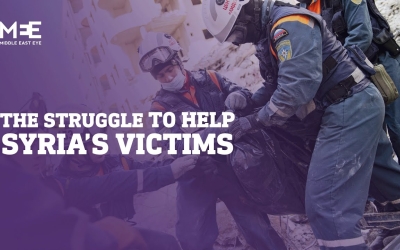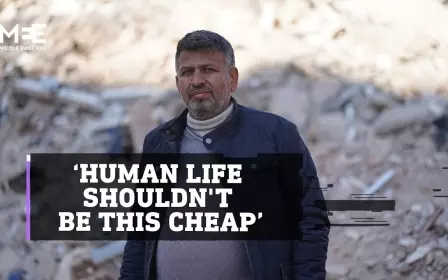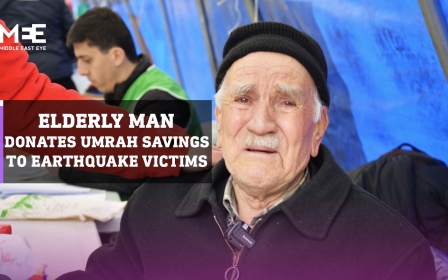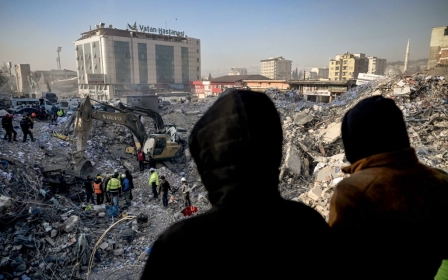Turkey earthquake: Woman rescued after almost 222 hours under the rubble
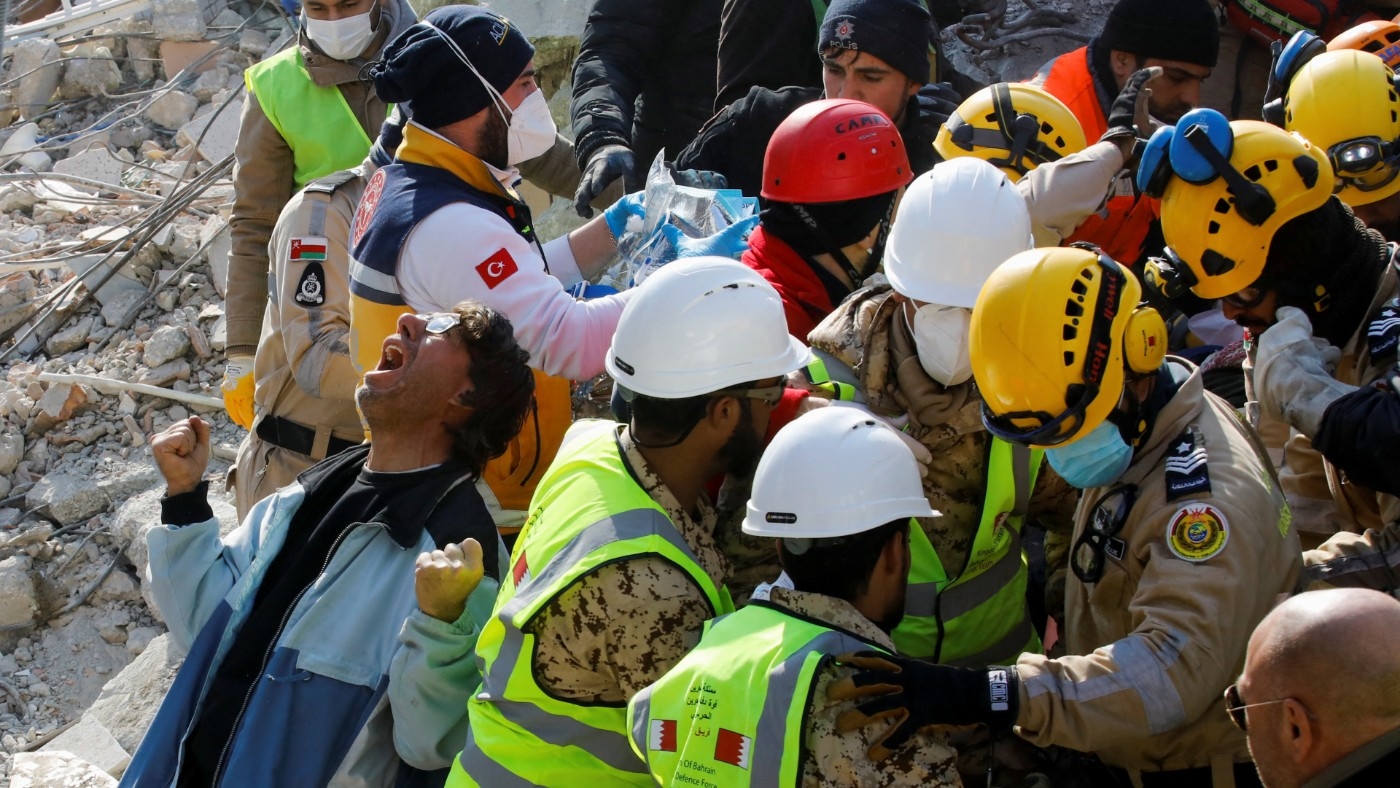
A 42-year-old woman has been rescued from the rubble of a building in southern Turkey, almost 222 hours after the devastating earthquake that hit the region last week.
In footage recorded by Turkish media, Melike Imamoglu is shown being pulled by rescue workers from the debris of a building in the city of Kahramanmaras on Wednesday.
The workers then put a thermal blanket on Imamoglu before examining her, strapping her to a stretcher and then carrying her to a nearby ambulance as the crowd around them applauds and chants “God is great”.
Rescue scenes like this have provided rare moments of hope amidst a sea of devastation, with the death toll following the two earthquakes currently standing at over 41,000 and expected to rise far higher.
Miraculous rescues
On Tuesday, Turkish rescuers pulled a 77-year old woman from the debris of a collapsed building in Adiyaman province. Fatma Gungor had remained under the rubble for 212 hours.
On Monday, a young girl called Miray was saved from the rubble of a block of flats in the southern city of Adiyaman 178 hours after the earthquakes struck.
On the same day, in Turkey’s Hatay province, which has been brutally damaged, 13-year old Kaan was rescued after being trapped for 182 hours, while a woman called Naide Umay was found alive after 175 hours.
There were joyful scenes as Saadet Sendag celebrated the resuce of his Turkish mother, who had spent 177 hours under a collapsed building in Hatay.
Experts say 90 percent of survivors under the rubble are found in the first 72 hours, a window that closed last Thursday morning.
But news of people being rescued has continued to emerge in the days following, with miraculous examples of survival including that of a 10-day-old baby, who had spent half his life under the rubble, being saved along with his mother after 90 hours.
In Gaziantep, a cat was rescued 129 hours after the earthquake struck. The animal refused to leave the firefighters who had rescued it, with one of them, Ali Cakas, saying: “If we can’t find the owner, I will own it.”
Warnings against heavy machinery
As rescue efforts continue, there have been warnings against using heavy machinery to clear away all the rubble because it could kill people who are still alive but trapped.
On social media, people are using the hashtag #EnkazKaldirmaDurmali, which translates as “debris removal must stop”.
The friends and relatives of those still missing have also acknowledged that while their loved ones are probably dead at this point, they fear that the use of heavy machinery to clear debris will mangle their bodies.
Spanish rescue workers have spoken out against what they deem to be the unnecessarily early use of heavy machinery to go into the rubble. Some have left the rescue operations in protest.
Turkish authorities say debris removal only happens after checking the sites for life with thermal cameras, through-wall radar, and search and rescue dogs.
Both the governments of Turkish President Recep Tayyip Erdogan and Syrian President Bashar al-Assad have been severely criticised for their response to the disaster.
Turkey’s government stands accused of failing to ensure that the 10 regions worst affected by the earthquakes had buildings that would be capable of withstanding such disasters.
Erdogan is launching several monetary aid packages for earthquake survivors and the Ankara government is providing temporary housing for hundreds of thousands people who need urgent help.
Middle East Eye propose une couverture et une analyse indépendantes et incomparables du Moyen-Orient, de l’Afrique du Nord et d’autres régions du monde. Pour en savoir plus sur la reprise de ce contenu et les frais qui s’appliquent, veuillez remplir ce formulaire [en anglais]. Pour en savoir plus sur MEE, cliquez ici [en anglais].


